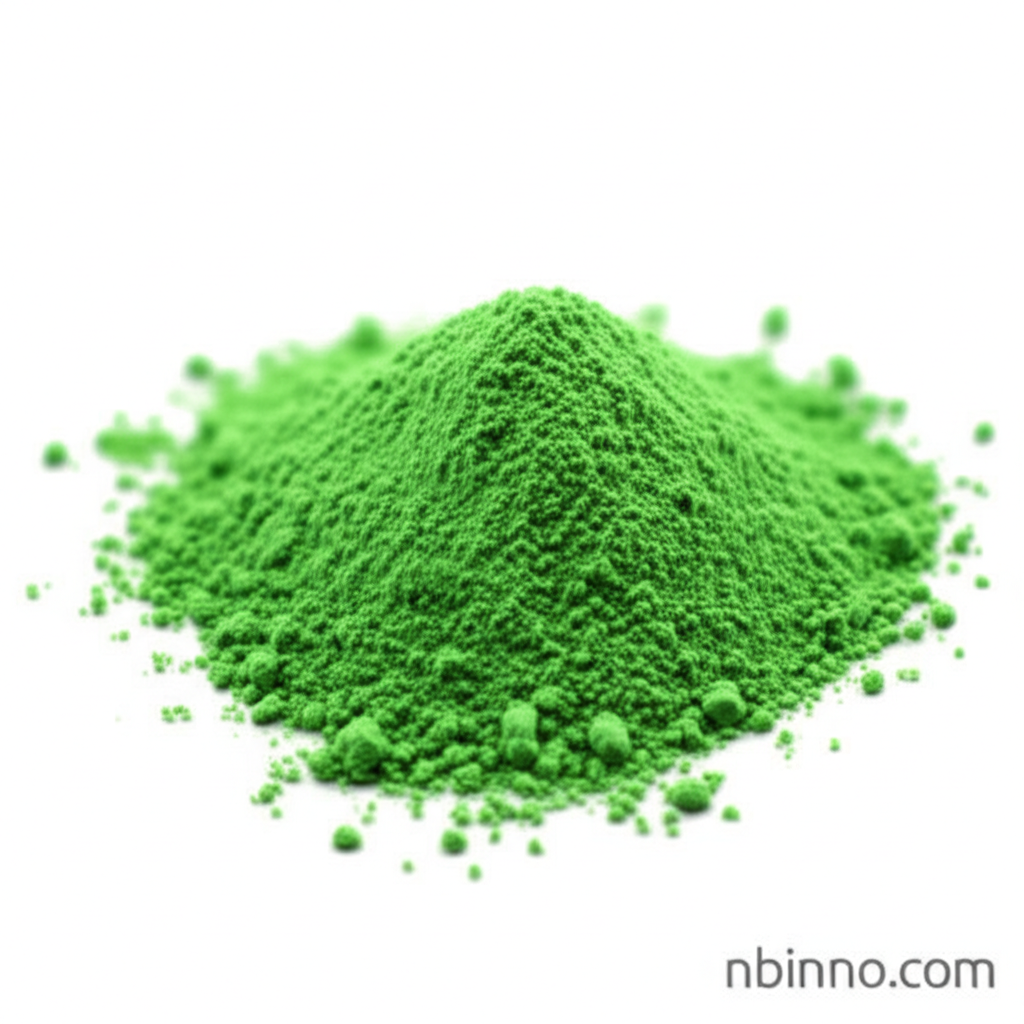1,2,3,4-Tetrahydrocarbazole: A Versatile Intermediate in Pharmaceutical and Material Science Applications
Unlock innovation with this key building block for advanced drug discovery and material science.
Get a Quote & SampleProduct Core Value

1,2,3,4-Tetrahydrocarbazole
1,2,3,4-Tetrahydrocarbazole is a pivotal bicyclic organic compound recognized for its indispensable role as a key intermediate in the synthesis of a wide array of complex organic molecules. Its unique structural attributes and chemical reactivity make it an essential building block for advancements in both the pharmaceutical sector and material science.
- As a critical intermediate in the synthesis of novel pharmaceuticals, 1,2,3,4-Tetrahydrocarbazole is instrumental in the development of drugs targeting various therapeutic areas, including potential anti-cancer agents and neuroprotective compounds.
- Its versatility as an organic synthesis building block allows chemists to efficiently construct intricate molecular architectures, facilitating research and development across diverse chemical disciplines.
- In the realm of material science, this compound is utilized in the production of specialized dyes and pigments, thereby enhancing the color properties and performance of various materials.
- Researchers leverage 1,2,3,4-Tetrahydrocarbazole for its potential in creating high-performance materials, contributing to innovations in sectors such as coatings and plastics due to its stability and adaptable reactivity.
Advantages Offered by the Product
Enhanced Drug Discovery
The ability to form diverse tetrahydrocarbazole derivatives makes it invaluable for fine-tuning pharmacological properties, accelerating the drug discovery process for targeted therapies.
Versatile Chemical Synthesis
As a fundamental organic synthesis building block, it enables the creation of complex chemical entities, driving innovation in synthetic chemistry and the development of new compounds.
Material Performance Improvement
Incorporating 1,2,3,4-Tetrahydrocarbazole into materials, such as dyes and pigments, significantly improves their color characteristics and overall performance, meeting stringent industry demands.
Key Applications
Pharmaceutical Synthesis
A crucial pharmaceutical intermediate used in the development of active pharmaceutical ingredients (APIs) for various therapeutic applications, including neurological treatments.
Organic Chemistry
Serves as a foundational organic synthesis building block for creating complex molecules and exploring novel chemical reactions and synthetic pathways.
Material Science
Integral to the production of dyes and pigments, contributing to enhanced color properties and the development of high-performance materials in coatings and plastics.
Research and Development
Its adaptability and reactivity make it a key compound for ongoing drug discovery and material innovation, supporting scientific advancements.
